Rosemary Beetle (Chrysolina americana)
The Rosemary beetle (Chrysolina americana) is a native of southern Europe that has become an established pest in Britain since the 1990s, especially in the south-east of England. Identification sugestions:
- The adult beetles are shiny insects, 6-7mm long, with metallic purple and green stripes on their wing cases and thorax
- The larvae are greyish-white with darker stripes running along their bodies; when fully grown the larvae are 8mm long
- Both the adult beetles and the larvae feed on the leaves. These leaves can be reduced to short stumps with greyish-brown discolouration where the damaged tissues have dried up. In most cases however, the overall appearance and health of the plant remains unaffected
Rosemary beetle eats the foliage and flowers of various aromatic plants, such as rosemary, lavender, sage, thyme and some other related plants. In most circumstances, the beetle can be accepted as part of the biodiversity a healthy garden supports, as it does not eat enough to harm healthy plants. It has spread rapidly since first being found breeding in central London in the late 1990s. It is now widespread throughout England and Wales. It is established in Scotland, present in Northern Ireland and may be established in parts of the Republic of Ireland.
The Rosemary beetle (Chrysolina americana) seems to be rapidly colonising the country.
Seen on a rosemary bush in our garden in Bolton Road, Chiswick in 2020.
Despite the presence of the rosemary beetle, our rosemary bush has flourished.
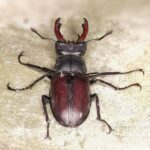
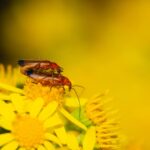
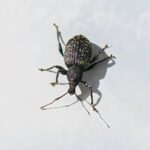
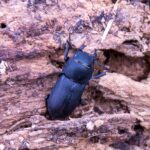
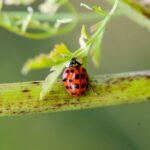
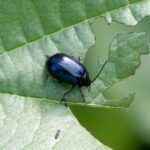
Leave a comment